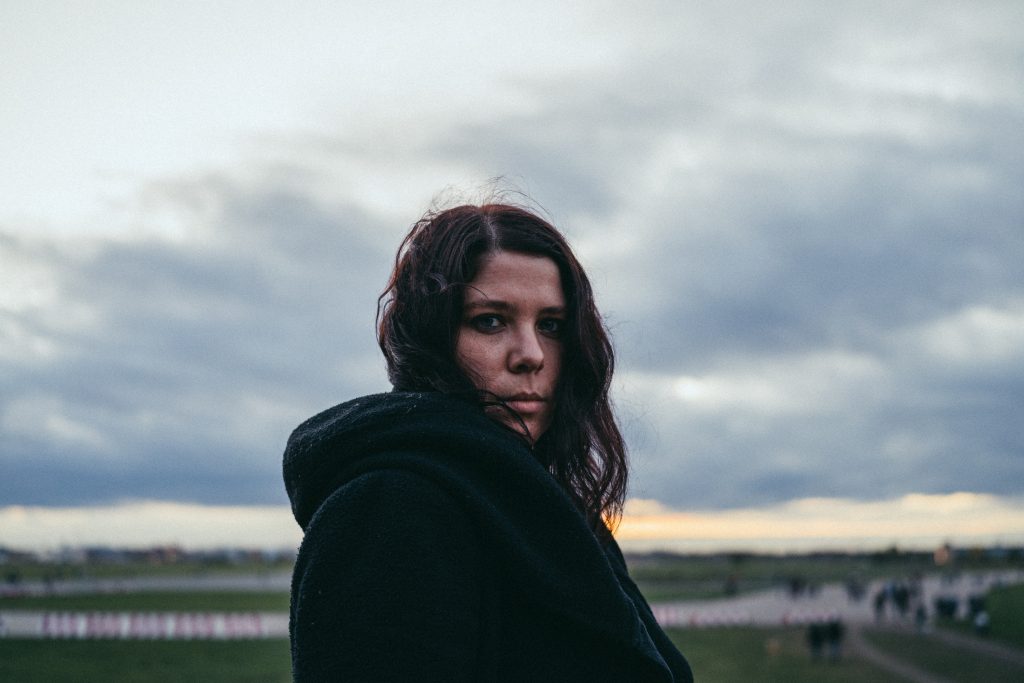Judith Hamann

Judith Hamann (Australia/Germany) is an artist working primarily in music and sound, and one of ‘Australia’s foremost contemporary-music cellists’ (RealTime Arts). Judith’s performance practice stretches across various genres encompassing elements of improvised, contemporary classical, experimental, and popular music. Currently their work is focused on an examination of expressions and manifestations of ‘shaking’ in solo performance practice, a collection of new works for cello and humming, and ongoing research surrounding ‘collapse’ and the ‘de-mastering’ of instrumental practice. Judith likes working with and thinking-with other artists which sometimes includes people like Marja Ahti, Oren Ambarchi, Anthea Caddy, Charles Curtis, Golden Fur, the Harmonic Space Orchestra, Sarah Hennies, Eiko Ishibashi, Yvette Janine Jackson, Alvin Lucier, Éliane Radigue and La Monte Young. In the past, they mostly focused on performing as a process/practice, which took place in many contexts and locations. This included things like Tectonics, Sonic Acts (Amsterdam), Maerzmusik (Berlin), The Los Angeles Philharmonic Fluxus Festival (LA), Tokyo Experimental Festival (Tokyo), AURAL (Mexico City), SiDance Festival (Seoul), No Idea Festival (Austin), and Dark Mofo (Hobart). Judith’s work has previously been published by labels including Blank Forms, Black Truffle, Another Timbre, Longform Editions, Marginal Frequency and the Sonic Arts Research Unit’s Audiograft festival, and holds a Doctor of Musical Arts from the University of California, San Diego.Their residency project seeks to continue to develop a body of work focused on collapse: work which takes place through palimpsests, collisions, fictions, and cumulative processes. At Rupert, Judith will interrogate this conception of collapse further through two strands of interconnected research: scholarly research and written work into prior theorisation of the term across critical discourse, and practice based work using the concept of ‘recording’ applied across sound and object based media as a means of creating new work driven by this reframing of collapse.